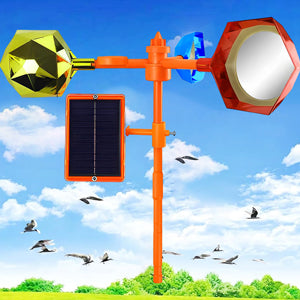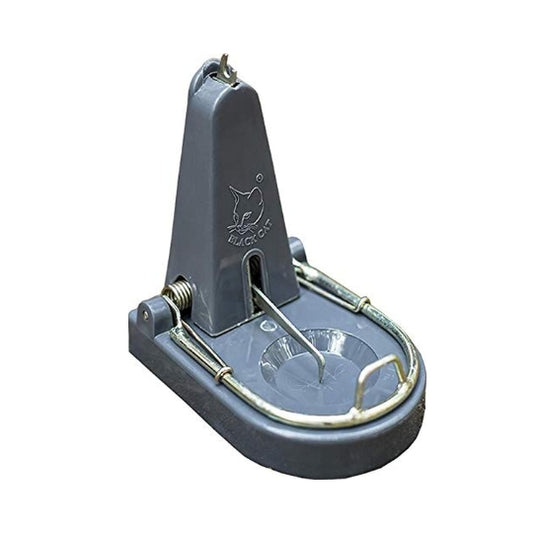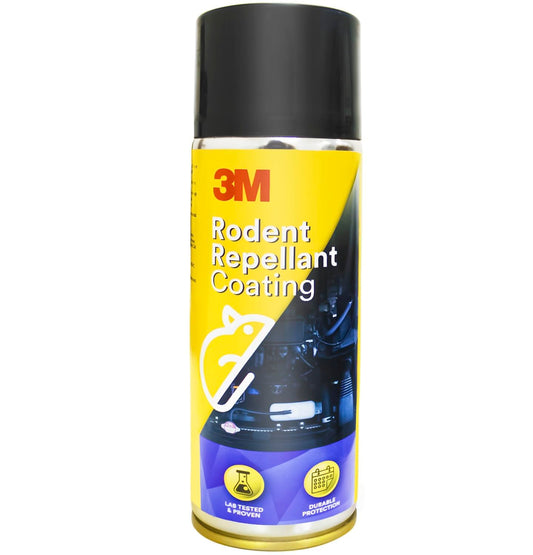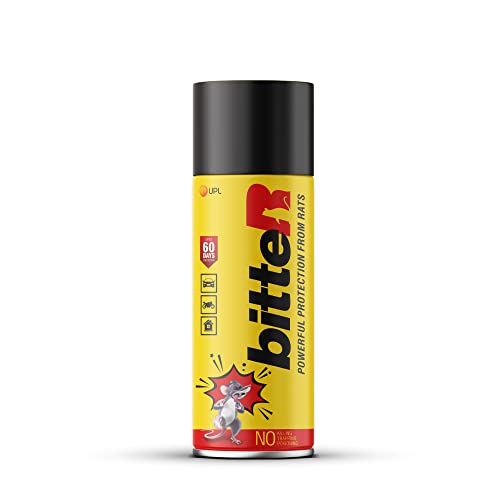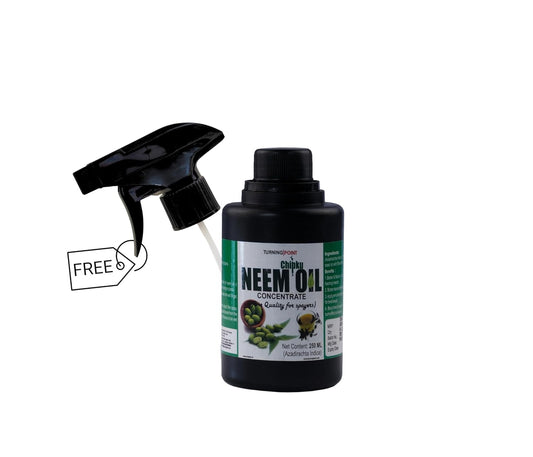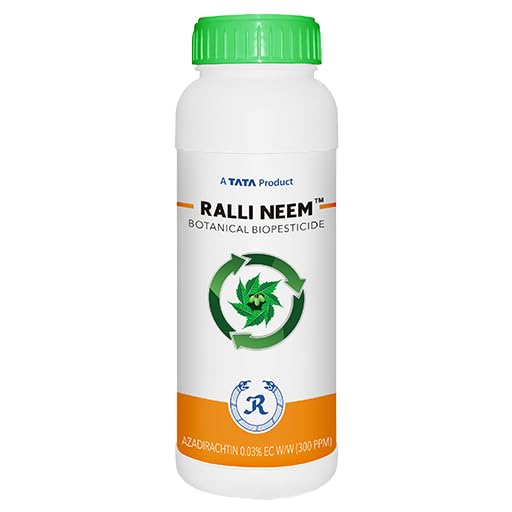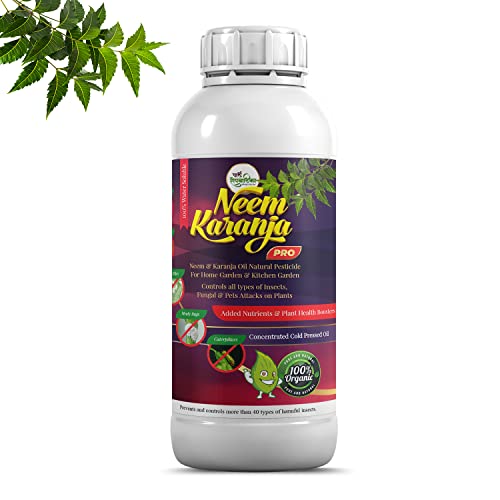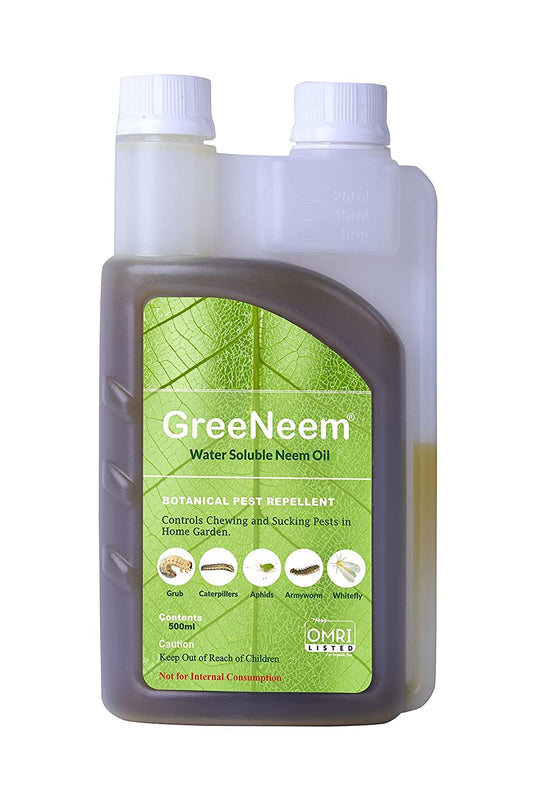
How Indian farmers should plan controlling the weed Cyperus rotundus (nagarmotha)
Share
Cyperus rotundus, also known as nutgrass or purple nutsedge, is a common weed found in many parts of India. It can be a major problem for farmers, as it competes with crops for water, nutrients, and sunlight, reducing crop yields and quality.
Cyperus rotundus, also known as nutgrass or purple nutsedge is locally called as Gaddi, Thanda, Musta, Nagarmotha, Motakola, Naga motha, Bhorond Mota across various states of India.
What is Cyperus rotundus?
Cyperus rotundus is a sedge, which is a type of grass-like plant. It has a thick, underground root system that can grow up to 3 feet deep. It has slender, green leaves and small, white flowers. Cyperus rotundus is a very aggressive weed that can quickly spread by seed or by its underground roots.
How does Cyperus rotundus harm crops?
Cyperus rotundus competes with crops for water, nutrients, and sunlight. It can also shade out crops, reducing their ability to photosynthesize. Cyperus rotundus can also produce allelopathic chemicals that inhibit the growth of crops.
How can farmers control Cyperus rotundus?
There are a number of ways to control Cyperus rotundus. These include:
Cultural control: This includes practices such as crop rotation, fallow periods, and proper water management. Crop rotation can help to reduce Cyperus rotundus populations by disrupting its lifecycle. Fallow periods can allow for the germination and control of Cyperus rotundus seedlings before planting the next crop. Proper water management can help to reduce the spread of Cyperus rotundus seeds and tubers.
Mechanical control: This includes practices such as hand weeding and tillage. Hand weeding can be effective in small areas, but it is labor-intensive and time-consuming. Tillage can help to bury Cyperus rotundus tubers and seeds, but it can also bring buried tubers and seeds to the surface, allowing them to germinate.
Chemical control: This includes the use of herbicides. However, due to the development of herbicide resistance, it is important to use herbicides judiciously and in combination with other control methods.
Here is a list of herbicide formulations that can be used for control of Nagarmotha
- Bentazone 480 g/l SL, Chlorimuron Ethyl 25% WP + Surfactant (soybean and transplanted rice),
- Glufosinate Ammonium 13.5% SL (cotton)
- Halosulfuron Methyl 75% WG (sugarcane, maize, bottle gourd)
- Metamitron 70% SC (sugarbeat), Metribuzin 70% WP, Metribuzin 70% WG (sugarcane),
- Paraquat dichloride 24% SL (potato, maize, grapes),
- Pyrazosulfuron Ethyl 70% WDG (transplanted rice),
- Ametryn 73.1% w/w + Trifloxysulfuron sodium 1.8% w/w WG (sugarcane),
- Bensulfuron methyl 0.6%+Pretilachlor 6% GR, Bispyribac Sodium 20% + Pyrazosulfuron Ethyl 15% WDG, Florpyrauxifen-benzyl 2.13% w/w + Cyhalofop-butyl 10.64% w/w EC (transplanted rice)
- Fomesafen 12 % + Quizalofop ethyl 3% w/w SC, Sulfentrazone 28% + Clomazone 30% WP (Soybean),
- Halosulfuron Methyl 5% + Atrazine 48% WG (Maize),
- Halosulfuron Methyl 12% w/w+ Metribuzin 55% WG, Hexazinone 13.2% + Diuron 46.8 % WP, Mesotrione 2.27% w/w + Atrazine 22.7% w/w SC, Sulfentrazone 28% + Clomazone 30% WP (sugarcane),
- Propaquizafop 2.5% + Imazethapyr 3.75% w/w ME (Cluster beans),
- Quizalofop ethyl 4% + Oxyfluorfen 6% EC (Onion),
- Quizalofop ethyl 7.5% + Imazethapyr 15% w/w EC (groundnut),
Here are some additional tips for controlling Cyperus rotundus:
- Prevent Cyperus rotundus from going to seed by mowing or hand-pulling it before it flowers.
- Clean your equipment to prevent the spread of Cyperus rotundus seeds and tubers.
- Use a compost thermometer to ensure that your compost pile reaches a temperature of at least 140 degrees Fahrenheit to kill Cyperus rotundus seeds and tubers.
- Use a soaker hose to water your crops deeply and less frequently to encourage deep root growth and make it more difficult for Cyperus rotundus to compete with your crops.
- By following these tips, you can help to control Cyperus rotundus and protect your crops


